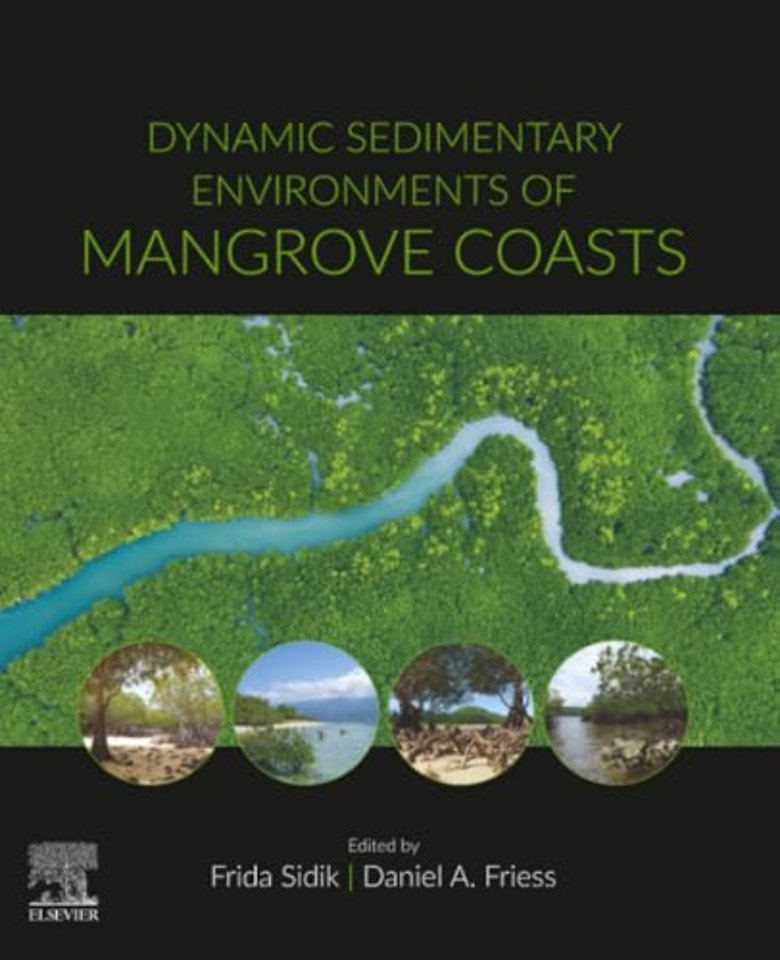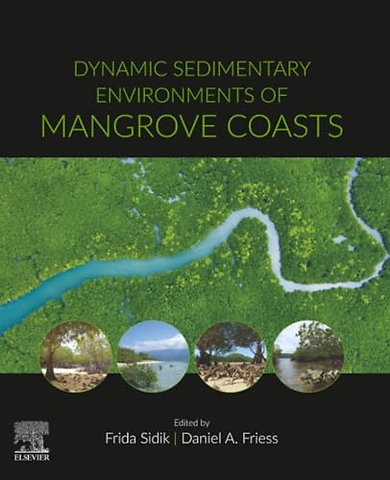Introduction<br><br>Part 1. Biogeomorphological processes<br>1. Biogeomorphic evolution and expansion of mangrove forests in New Zealand’s sediment-rich estuarine systems<br>2. Mangroves: a natural early warning system of erosion of open muddy coasts in French Guiana<br>3. Groundwater research in mangrove coastal ecosystems - new prospects<br>4. Flow and sediment dynamics around structures in mangrove ecosystems - a modelling perspective<br>5. Morphological plasticity and survival thresholds of mangrove plants growing in active sedimentary environments<br>6. Microbial communities in mangrove sediments<br><br>Part 2. Long-term sedimentary processes and sea-level rise<br>7. The history of surface-elevation paradigms in mangrove biogeomorphology<br>8. Radiocarbon dating of mangrove sediments<br>9. Australian mangroves through the Holocene: interactions between sea-level, mangrove extent and carbon sequestration<br>10. Responses of mangrove ecosystems to sea level change<br>11. Does geomorphology determine vulnerability of mangrove coasts to sea-level rise?<br><br>Part 3. Blue Carbon<br>12. Environmental drivers of blue carbon burial and soil carbon stocks in mangrove forests<br>13. Gaps and opportunities in mangrove blue carbon research: a biogeographic perspective<br>14. State of biogeochemical blue carbon in South Asian mangroves<br>15. Quantity and quality of organic matter in mangrove sediments<br>16. Relevance of allochthonous input from an agriculture-dominated hinterland for 'blue carbon' storage in mangrove sediments in Java, Indonesia<br>17. Potential carbon loss in sediment through methane production during early development stage of mangrove regeneration in restored mangroves<br>18. Blue carbon storage comparing mangroves with salt marsh and seagrass habitats at a warm temperate continental limit<br>19. Mangrove carbon sequestration and sediment deposition changes under cordgrass invasion<br><br>Part 4. Mangrove management and restoration<br>20. A framework for the quantitative assessment of mangrove resilience<br>21. Assessment of typhoon impacts and post-typhoon recovery in Philippine mangroves: Lessons and challenges for adaptive management<br>22. Managing sediment dynamics through reintroduction of tidal flow for mangrove restoration in abandoned aquaculture ponds<br>23. Impacts of forestry on mangrove sediment dynamics<br><br>Conclusions

